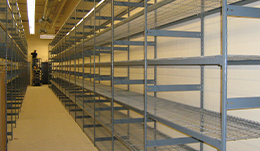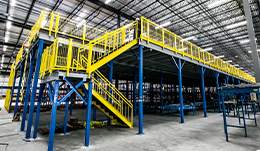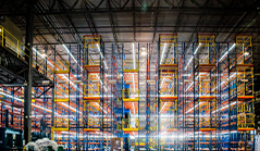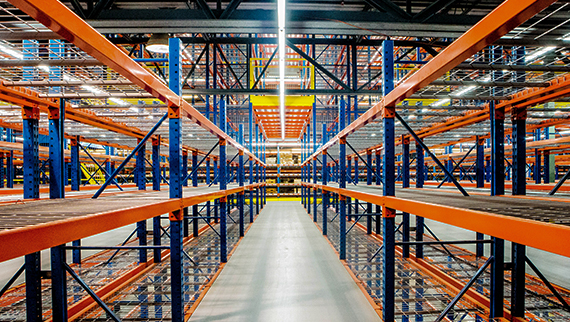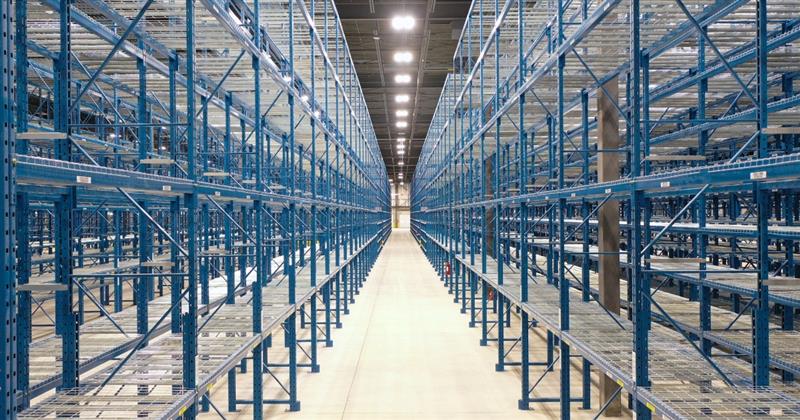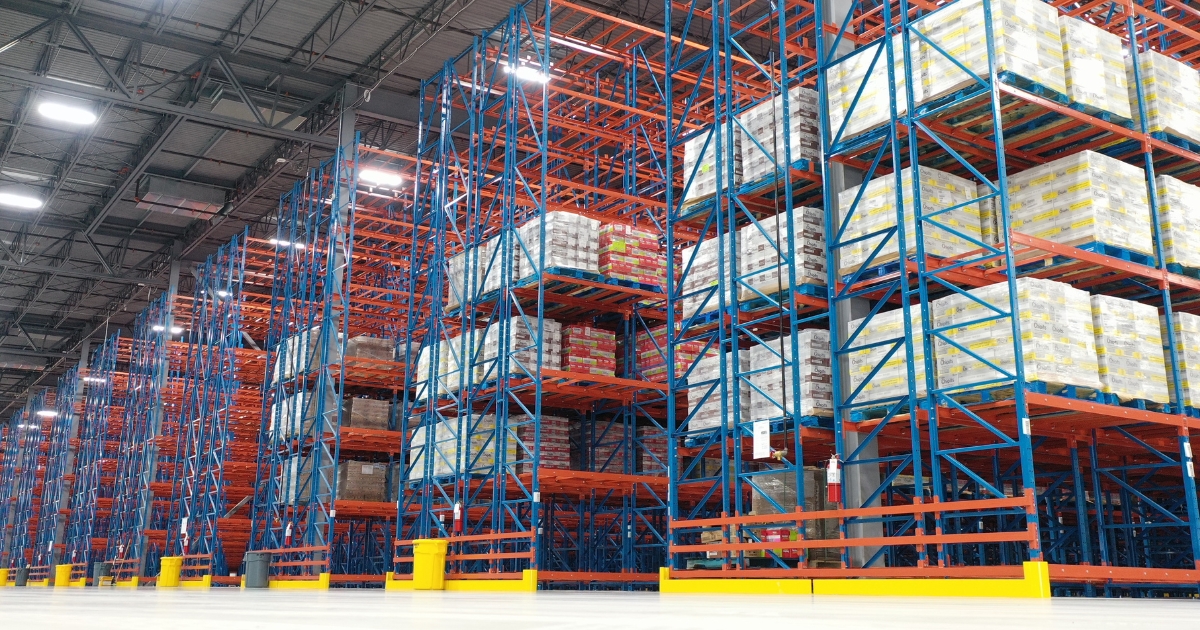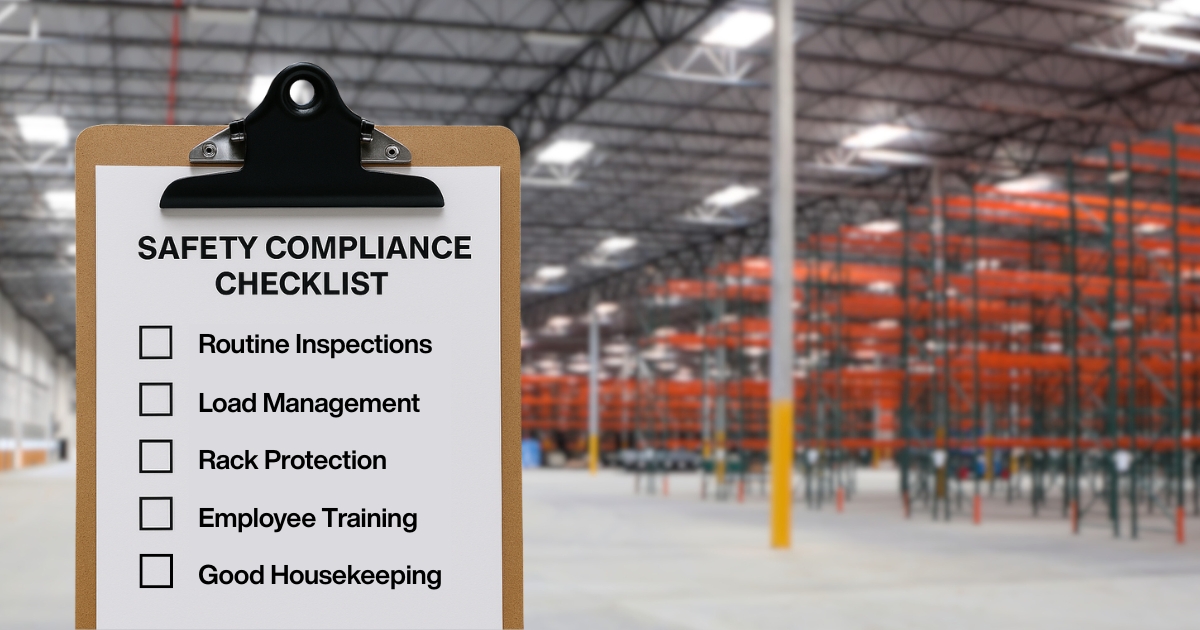For many businesses, the trend in inventory management has shifted from JIT (Just-In-Time) to JIC (Just-In-Case) systems. Any major shift in inventory systems would require strategic modifications to the pallet racking and storage systems currently in use. In the following article, we will discuss the primary factors influencing the recent shift from JIT to JIC as well as the changes necessary to accommodate the switch.
What is the Difference Between JIT and JIC?
Just-In-Time (JIT) and Just-In-Case (JIC) are two of the most common approaches to inventory management used by manufacturers and distribution operations.
JIT focuses on keeping inventory levels to a minimum by only placing orders for materials when there are orders to fill. The obvious benefit to this is to reduce the holding costs associated with stocking bulk inventory, thereby improving cash flow.
JIC alternatively, focuses on carrying a sufficient inventory of materials to meet both current and expected demands. This method is particularly advantageous in times of market volatility and supply chain constraints.
Reasons to Switch from JIT to JIC
- Supply Chain Disruptions: The past several years have exposed the vulnerability of global supply chains. Pandemics, natural disasters, labour and material shortages have all posed unexpected challenges for those relying on the JIT inventory system.
- Increased Flexibility: With the rapidly changing business environment as well as the unpredictability of consumer needs, it has become increasingly difficult to predict demand for products. JIC inventory systems have helped mitigate the risk of stockouts and ensure product supply and availability by having additional materials on hand.
- Improved Customer Service: A differentiating factor for many businesses these days is having the ability to supply customers with products as instantaneously as possible. Maintaining a JIC inventory system allows a business to withstand various types of uncertainty.
How Switching from JIT to JIC Affects Pallet Racking in Industrial Storage:
Transitioning from a JIT to a JAC inventory model is a very significant change for a business. Changes like this may not only include essential updates but in some cases will require a complete reconfiguration of existing racking and storage layouts.
Increased Storage Capacity
JIC, by definition, requires a safety cushion of additional inventory on hand at all times. This translates to higher capacity and density requirements from a pallet racking system. While JIT generally relies more on higher velocity picks of inventory, leveraging more dynamic systems like Flow Racks, Mini-Load AS/RS, and Carousels, JIC will typically require systems such as Selective Pallet Racking, Double Deep Racking, Drive-In, Pushback, Pallet Flow, and Cantilever Racking, or a combination thereof.
Storage System Layout Updates:
As JIT and JIC systems both benefit from different types of racking systems, this may affect the overall layout of the storage systems within a facility when transitioning from one to another. Factors such as aisle widths, clear heights, and even the types of lift trucks and material handling equipment will have to be considered when converting from JIT to JIC.
In order to maximize the benefits of either the JIT or the JIC systems, different racking systems are required for each system. Factors such as aisle widths, clear heights, and even the type of lift trucks and material handling equipment being used will have to be considered when converting from JIT to JIC
Are you looking for more information about how North American Steel can assist your business with your pallet racking of storage requirements?
Please click here to learn more about how NAS can assist you with your pallet racking and storage requirements
Click here to Request a Quote!





